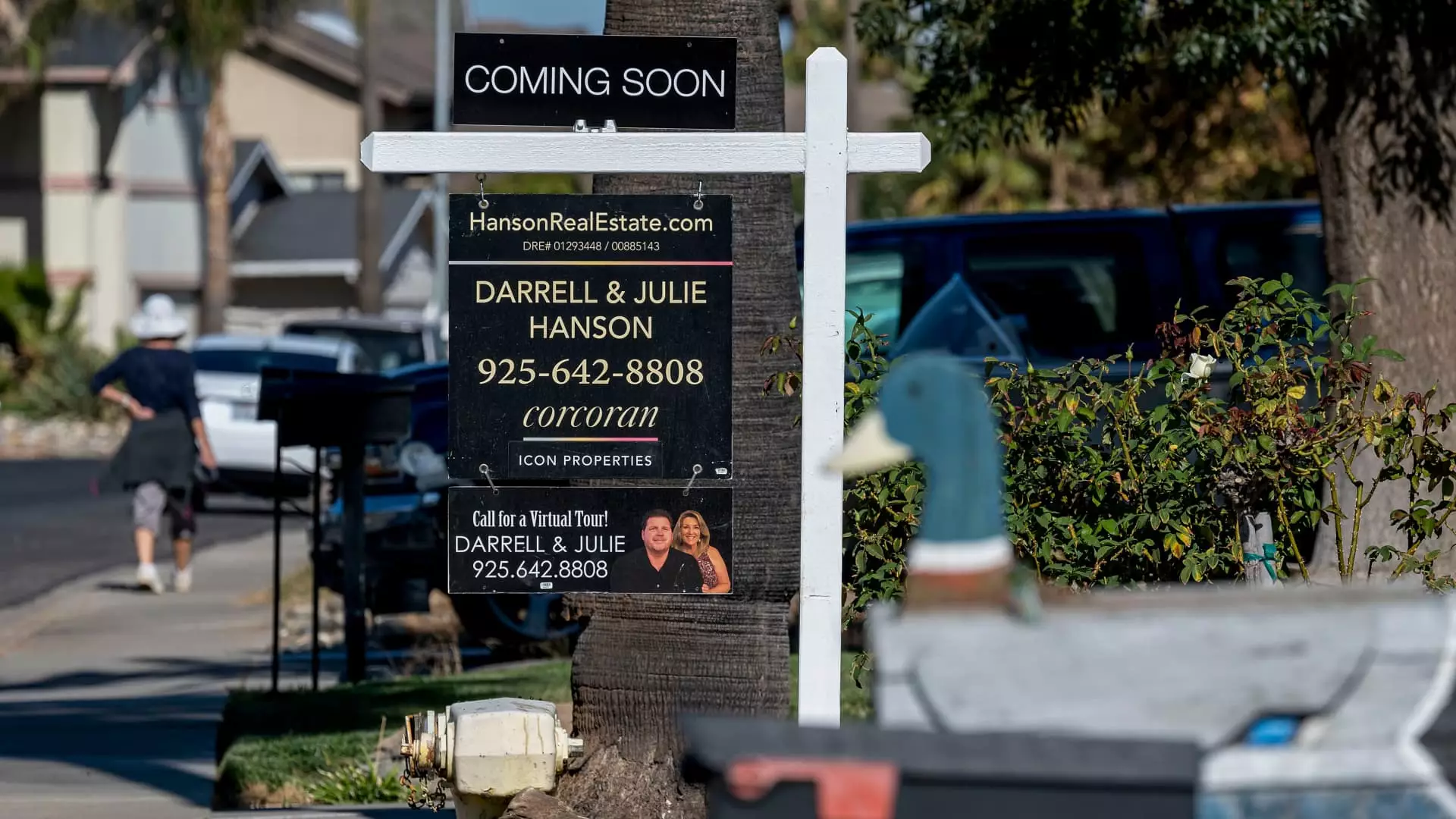In the last week, mortgage rates have continued to ascend, reflecting the broader economic uncertainties entwined with changes in political leadership. As investors begin to reassess the future trajectory of the economy under the Trump administration, the mortgage market displayed a phase of temporary stability. The Mortgage Bankers Association’s seasonally adjusted index revealed a modest increase in total application volume, which rose by only 0.5%. While this percentage may seem trivial, it represents the first uptick in overall mortgage demand since a continuous decline spanning seven weeks.
As interest rates escalated, the average contract interest for 30-year fixed-rate mortgages with conforming loan balances (valued at $766,550 or less) increased to 6.86%, a slight rise from the previous week’s 6.81%. Points associated with the loans dropped from 0.68 to 0.60, indicating a marginally better deal for those making a 20% down payment. Joel Kan, the deputy chief economist at the Mortgage Bankers Association, explained that the climbing mortgage rates were influenced by rising Treasury yields as the market grappled with potential repercussions of economic policies under the new presidency. The anticipated 25-basis-point rate cut by the Federal Reserve had already been factored in by the market, illustrating its limited effect on spurring greater application activity.
Refinancing and Purchase Applications
Refinancing applications, notably sensitive to shifts in interest rates, experienced a decline of 2%, reaching the lowest point since May. However, it is essential to recognize that these figures are still 43% higher than the same week last year when mortgage rates were considerably elevated. Conversely, applications for buying a home saw a slight resurgence, climbing by 2% on the week and registering a marginal increase from the prior year. This differential highlights the dichotomy facing homebuyers: while rates are lower compared to last year, surging home prices juxtapose potential savings on mortgage interest.
Despite the overall rate climb, trends in federally-backed loans are worth noting. Loans backed by the Federal Housing Administration (FHA) and the U.S. Department of Veterans Affairs (VA) significantly contributed to the stronger demand; applications for FHA loans rose by 3% and those for VA loans surged by 9%. Kan attributed the slight decline in FHA mortgage rates to aiding borrowers in this fluctuating market. Conventional loan applications also exhibited slight improvement, offering a mixed bag of opportunities for homebuyers amid a tight housing supply.
As of Tuesday, mortgage rates nudged higher once again, particularly following a bond market closure due to the Veterans Day holiday. Matthew Graham, the chief operating officer at Mortgage News Daily, highlighted the complexities involved in the market as it navigates through the volatility surrounding the election and its implications on future fiscal policies. The situation remains fluid as economic conditions evolve, making it critical for potential homebuyers and investors to stay informed on market trends and government policies influencing the economy. As uncertainty looms, the interplay of interest rates and housing availability will undoubtedly shape the pathways to homeownership in the near term.

